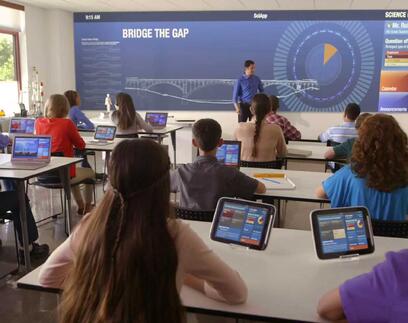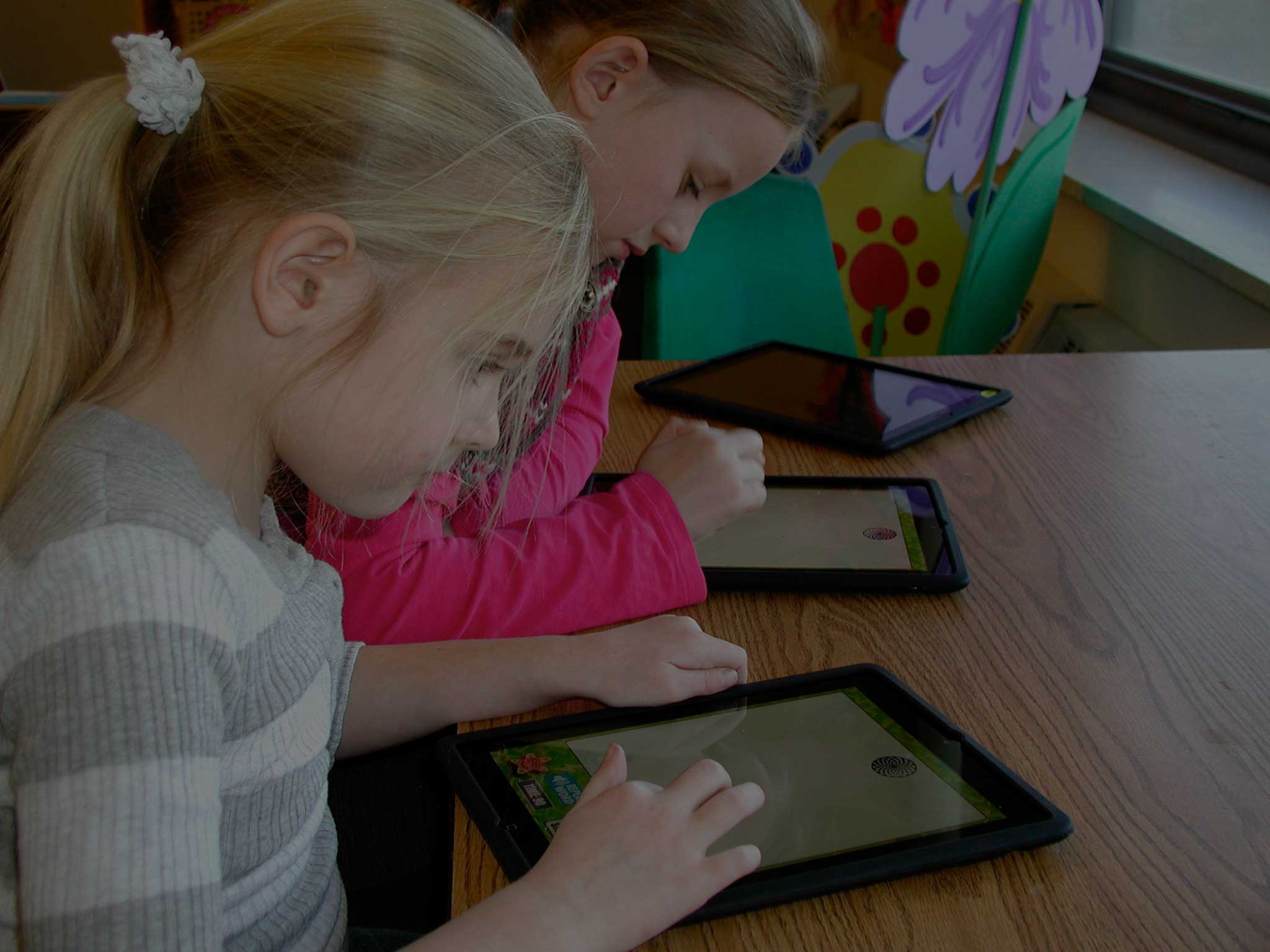It’s not a mystery that mobile technology is here to stay.
It has opened up a world of possibility for communication, learning and assisting users in many creative ways. As technology continues to find a home in several different industries, arguably none have benefited more than K-12 school wireless networks.
Mobile devices, including iPads and other tablets, are making their way into the classroom, and are allowing teachers to function in ways they haven’t been able to previously.
As mobile continues to grow and evolve throughout our school systems, learning is beginning to extend beyond BYOD and 1:1, moving into more personalized, interactive learning models. Tablets are a big reason why this is happening today.
Here’s why more and more schools are embracing tablets in the classroom and how you can too.
Better Technology Equals Increased Learning
According to school district IT managers, tablets in the classroom give teachers the ability to obtain instant feedback and personalize instruction for their students. They are also able to track student progression.
Depending on the type of system and products a school district chooses, there are specific capabilities within each. For example, in Samsung’s “Multi-Window” mode, a user can complete multiple tasks from a single screen.
The apps used on tablets in the classroom serve a variety of purposes: From note-taking, reading, research, podcasts, and apps that promote learning K-12 fundamentals in innovative ways.
Teachers understand and support the usefulness of tablets in most cases almost immediately. They're able to implement a wide range of applications and comprehend exactly what the system can do easily, effectively and instantly.
Companies like Samsung have also given teacher’s more control through classroom management tools that monitor student activity, and lock down apps that aren’t needed at a specific moment.
Other uses include giving quizzes with instant results. As technology increases in the classroom, schools and teachers can also develop a digital curriculum that will centralize on supporting students throughout their school careers.
School districts are even finding that tablets have the potential to replace desktop computers and thrive as a mobile teaching system.
Being Aware of Costs
While it’s easy to focus on the positives of tablet use in the classroom, it's equally important to be aware of the costs and necessities of introducing mobile devices into K-12 teaching system.
Each school's IT personnel should be well-versed in the ongoing costs associated with tablets, and work with school officials so everyone is on board. There are a few budget factors to keep in mind before a school makes the switch.
• Device Replacement – Tablets are more “breakable” than the typical book or notebook. Even with the most carefulstudents, funds should be allocated to cover lost, stolen, or broken devices.
• Software Management – Districts should be prepared to spend anywhere from $4 to $10 per month per device on a dedicated MDM (Mobile Device Management) tool. This makes it possible to push apps to new devices, or to wipe lost/stolen devices.
• App Development – Whether you outsource app development or keep it within the district, setting aside funds for role-specific applications can play an essential part in getting the most from your tablets.
• Security – Security is an increased concern in today’s technology-driven world, and investing in proper safeguards up-front can save money in the long run. We suggest implementing a network access control (NAC) solution, configuring a next-generation firewall and of course putting together a proper mobile device management solution (MDM).
• Wireless Infrastructure – We always say that the application drives the infrastructure, in this case using tablets in the classroom. Using tablets in the classroom requires specific minimum infrastructure requirements to guarantee you can fully support your new strategy. To do this right you need to have a proper wireless site-survey completed as well as an application performance test done prior to implementing your tablets.
Continued Benefits
It’s exciting to evaluate the research and see the benefits increase as more and more classrooms turn to tablets and other technology as a solution for teaching in a personalized learning environment.
Tablets can make schools more productive and flexible, and can enhance both teaching and learning. Schools are seeing improvement in test scores, accelerated comprehension, and expanded engagement between students and their teachers.
Introducing tablets into the classroom can be exciting for both teachers and students. At SecurEdge we can help analyze, design, deploy and support your school wireless network that guarantees you’ll get the most out of your tablets today and tomorrow. Simply contact us here with any questions, or for a free consultation.





